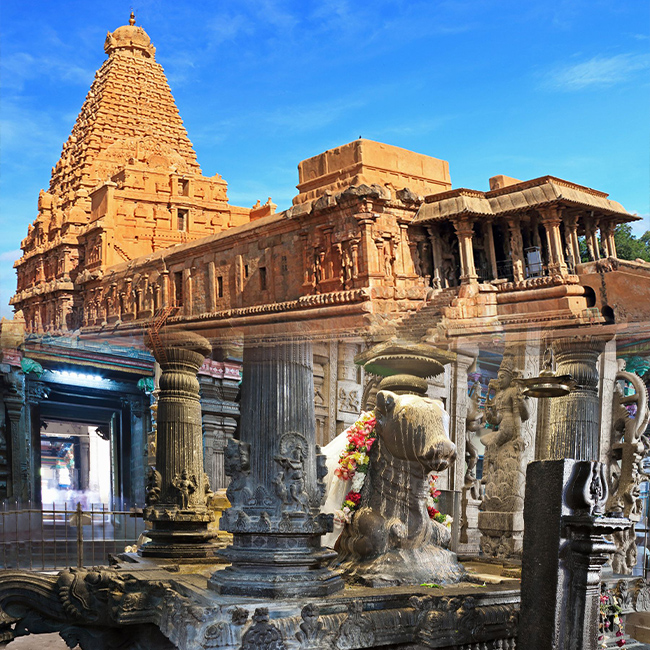

The Historical and Mythological Significance of Rameswaram
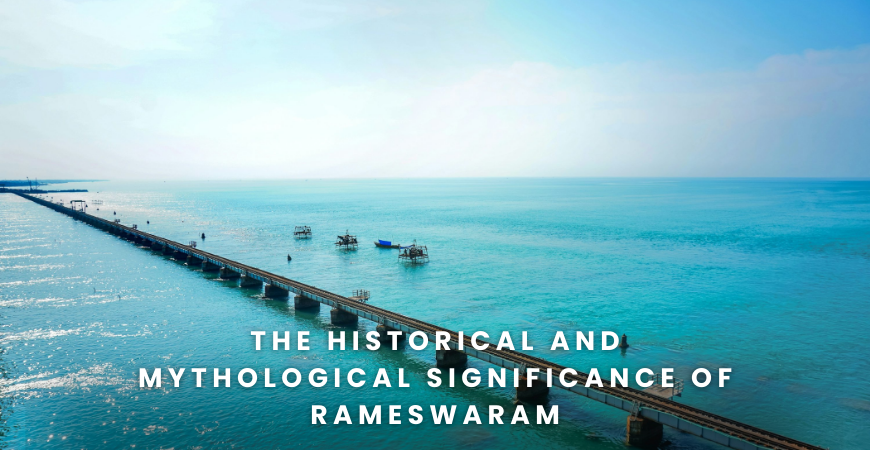

15 Jan 2025
The Historical and Mythological Significance of Rameswaram
Rameswaram, a small island off the southern coast of India, holds immense religious and historical significance. Situated in Tamil Nadu's Ramanathapuram district, it is renowned for its connection to the epic Ramayana and its ancient temples, particularly the Ramanathaswamy Temple dedicated to Lord Shiva. A place where mythology and history converge, Rameswaram is not only a revered pilgrimage site but also a vital cultural and historical hub.
Mythological Importance
The mythological significance of Rameswaram is deeply rooted in the Ramayana, the ancient Hindu epic. According to the legend, after Lord Rama defeated the demon king Ravana and rescued his wife, Sita, from Lanka, he sought Lord Shiva’s blessings to purify himself for the sins of killing Ravana, who was a Brahmin. To atone, Rama instructed his devotee Hanuman to bring a Shiva Linga from Mount Kailash. However, while Hanuman was on his way, Sita constructed a sand Shiva Linga, which became the idol that resides in the Ramanathaswamy Temple today.
The temple’s name, Rameswaram, comes from "Rama" and "Ishwar" (Lord Shiva), signifying Lord Shiva’s worship here. The island is considered one of the holiest places in India, with many significant sites related to Lord Rama and the Ramayana.
Key Mythological Sites in Rameswaram
Dhanushkodi: This is the location where Lord Rama’s army is believed to have built a bridge to Lanka. The temple here features an idol of Rama holding his bow, known as "Kothandamin," and marks the site of the legendary battle between Rama and Ravana.
Villoondi Theertham: According to the myth, Lord Rama dipped his bow into the seawater here to quench Sita’s thirst. This site, with its association with Rama’s divine actions, holds immense religious value.
Gandhamadhana Parvatham: Believed to be the place where Lord Hanuman carried the mountain with medicinal herbs to save Lakshmana, this hill also features a shrine dedicated to Lord Rama.
Jatayu Theertham: The site where the eagle Jatayu fell after fighting Ravana to save Sita. It is a poignant reminder of Jatayu’s sacrifice for the righteous cause.
Historical Significance
Rameswaram’s historical significance is marked by its role as a center of trade, culture, and spirituality. The Ramanathaswamy Temple, constructed during the Chola period, is an architectural marvel. The temple's Dravidian style showcases intricate carvings and massive corridors, making it an outstanding example of ancient Indian architecture. It stands as a testament to the cultural and religious legacy of the region.
Historically, Rameswaram also played a strategic role in maritime trade, especially during the medieval period. It was a key port linking India with Sri Lanka and Southeast Asia, facilitating the exchange of goods and ideas. The Rama Setu (Adam’s Bridge), a chain of natural limestone shoals connecting India and Sri Lanka, is another significant feature of the region. It is believed that Lord Rama’s army used this bridge to reach Lanka, making it an important historical and mythological landmark.
Cultural Heritage
Rameswaram is not only known for its religious and historical sites but also for its vibrant cultural heritage. The island celebrates various festivals like Maha Shivaratri, Ramanavami, and Maha Pushkarini with great fervor. Traditional art forms like Kathakali and Bharatanatyam, along with Carnatic music, continue to thrive in the region, showcasing the island’s rich cultural traditions.
Conclusion
Rameswaram is a unique blend of mythological stories and historical significance. Whether for pilgrims seeking spiritual solace or history enthusiasts exploring ancient landmarks, the island offers a profound connection to India’s religious and cultural past. Its temples, sacred sites, and stunning architecture provide a window into the divine and the historical, making Rameswaram a must-visit destination for those looking to experience the depth of India's rich heritage.
Leave a Reply
Explore by Categories
Most Viewed Blogs
Tags
Location
State





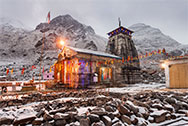


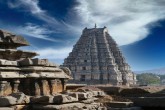

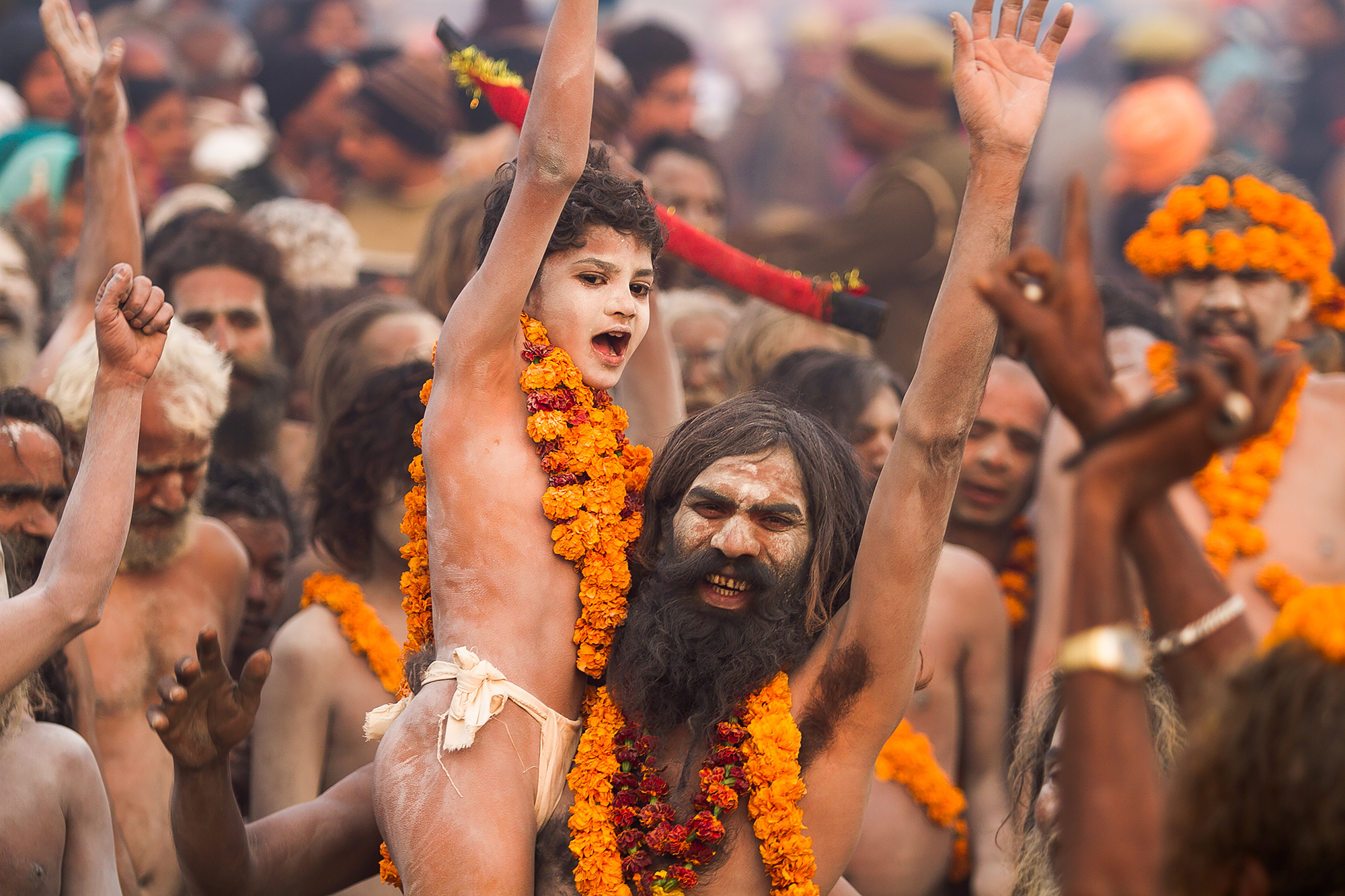
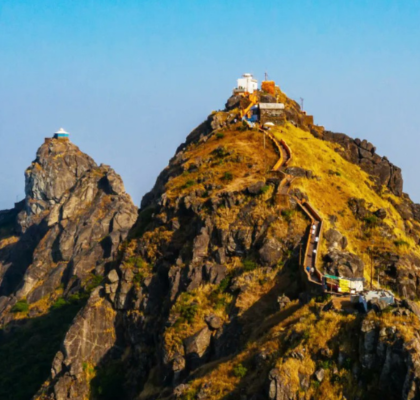
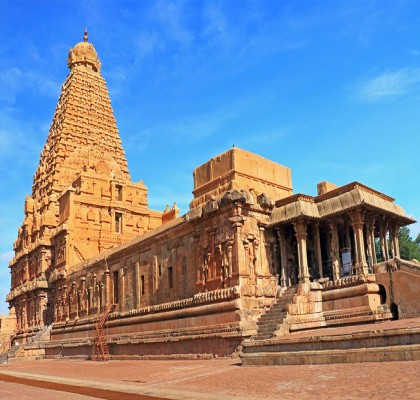
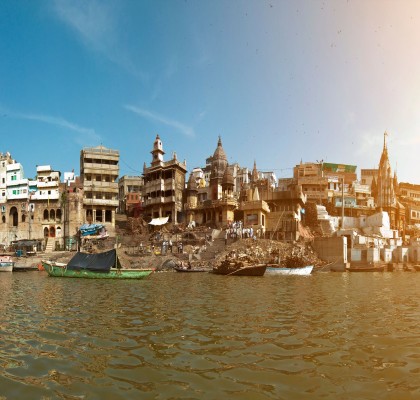
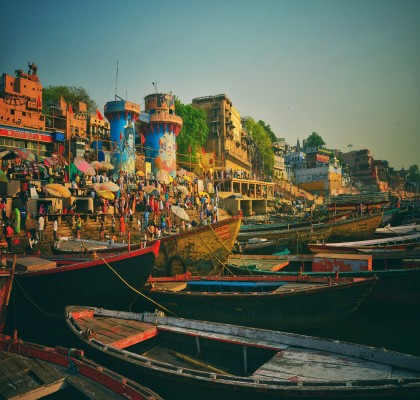
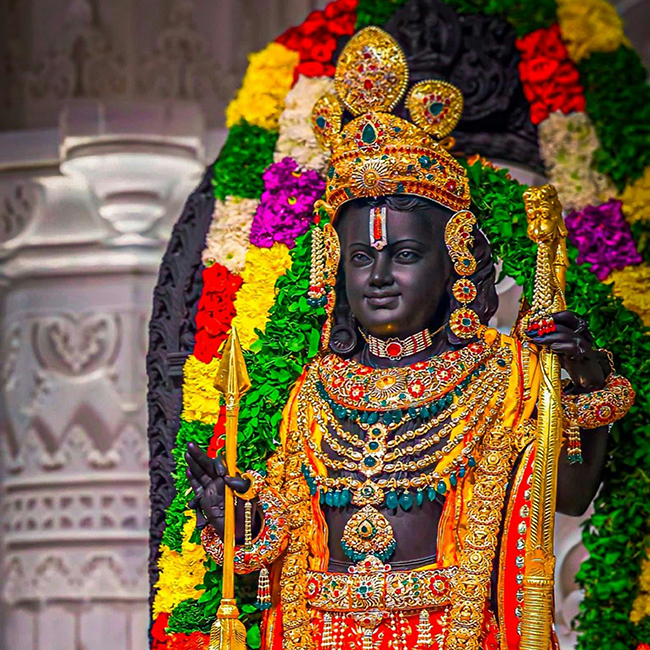
.jpg)

